Solved: MFReadWrite.dll Missing on Windows 11
MFReadWrite.dll is a core shared dynamic link library (DLL) or Windows, including the latest Windows 11. It’s used by Microsoft’s Media Foundation framework, which provides various multimedia-related functionalities and services, including encoding, decoding, streaming, and playback of audio and video, often via Windows Media Player and within games.
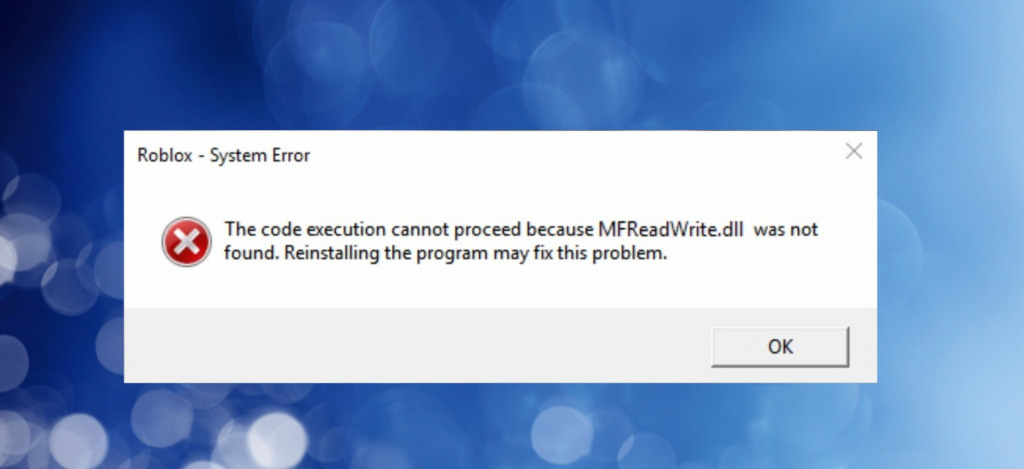
I first got a MFReadWrite.dll error while trying to play Roblox, with the message: The code execution cannot proceed because MFReadWrite.dll was not found. Reinstalling the program may fix this problem.
Upon clicking OK, the game closed and failed to launch.
After heavily researching the problem, I thought it could occur across multiple programs and games with different variations of the same missing DLL error.
Here’s everything you need to know to diagnose and repair the MFReadWrite.dll, which was not found to be an error on Windows 11.
What does MFReadWrite.dll missing on Windows 11 mean?
When an error related to MFReadWrite.dll pops up when launching an app or game, it either means the DLL file has somehow been deleted from your computer, it exists but has been damaged and can no longer function, or other system corruption such as a broken Windows Registry is preventing Windows from successfully locating the file, even when it exists.
It can also be linked to a corrupted or missing Windows Media Feature Pack.
Because MFReadWrite.dll is integral for various Windows media tasks, it is shared by many different system programs like Windows Media Player and third-party games and software. Essentially, any app that needs to play audio or video could fail without MFReadWrite.dll.
In my experience, most of the reasons MFReadWrite.dll goes missing or gets corrupted include:
In my experience, most of the reasons MFReadWrite.dll goes missing or gets corrupted are because:
Windows Update Failure – When a Windows update fails or is otherwise interrupted, it can cause files like MFReadWrite.dll to go missing. This is a common issue when upgrading to Windows 11.
Malware Infection – Viruses and other malware target Windows to make it unstable. Shared DLLs like MFReadWrite.dll are a common target because multiple programs and games use them. Infections might remove the file entirely, force it to function differently or damage it so programs can’t load it properly, causing the not found error.
Malware also targets the Windows Registry and can make it think the DLL is missing when it still exists.
Accidental Deletion – When a program or game needs to use MFReadWrite.dll, it can accidentally delete the file if installation, updates, or uninstallation goes wrong. Some poorly coded software might delete the file when you uninstall it, even though it’s a shared file.
Missing Media Feature Pack – MFReadWrite.dll is part of Microsoft’s Media Feature pack. If this pack was never installed, is outdated, or is corrupted, it can lead to MFReadWrite.dll being missing.
Corruption – Any files and other data on your computer, including MFReadWrite.dll, can be corrupted if the system shuts down unexpectedly while the file is in memory. This can happen due to power surges, hardware failure, or accidentally pulling the power cable.
False Antivirus Alert – If a new program calls the MFReadWrite.dll file or tries to update it, some overactive antivirus software will quarantine it, making it inaccessible or ‘missing’. This is because it thinks the software is trying to modify Windows without authorization.
How can we fix the missing MFReadWrite.dll errors on Windows 11?
When I first got the MFReadWrite.dll missing error, I could fix it by downloading the latest Windows Media Feature Pack, which comes bundled with the DLL file. However, when it occurred again without apparent cause, I automatically turned to Fortect’s DLL fixer to find and replace the file.
The ideal solution for you depends on the underlying cause, but after researching the problem deeply, these steps and solutions can apply to all errors:
Note: Before performing a fix, it’s a good idea to check Windows updates and scan for malware so you know your system is in secure condition.
1. Find MFReadWrite.dll Online
Before trying to replace MFReadWrite.dll, it’s essential to check if it exists in the C:\Windows\System32 and C:\Windows\SysWOW64 folders.
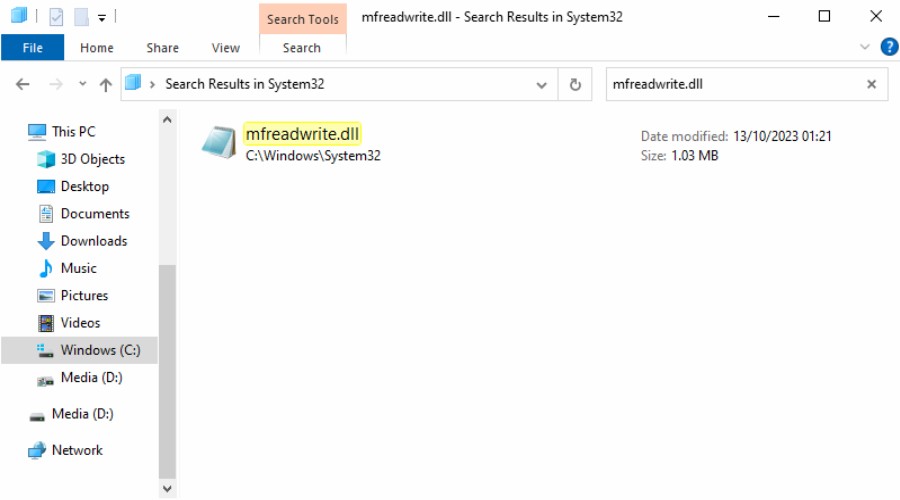
If you find it, the file may be corrupted, or there could be a deeper problem with the Windows Registry. If you can’t find the file, then you can try the following methods to replace it:
1. Go to Google or your favorite search engine and search for Download MFReadWrite.dll for Windows 11.
2. Always check reviews before downloading a DLL file from a random site because not all are legitimate. All you need is MFReadWrite.dll, so ignore anything else that’s zipped or bundled with the download.
3. Place MFReadWrite.dll in the C:\Windows\System32 and C:\Windows\SysWOW64 folders.
4. Reopen the program that first displayed the not found error to see if it’s fixed.
5. If not, you can try registering the DLL using the Windows command prompt:
6. Use the Windows start menu search bar and type CMD.
7. Before opening the Command Prompt click run as administrator on the right.
8. Use the cd command for the folder path like this and press enter:
cd C:\Windows\System32 or cd C:\Windows\SysWOW64
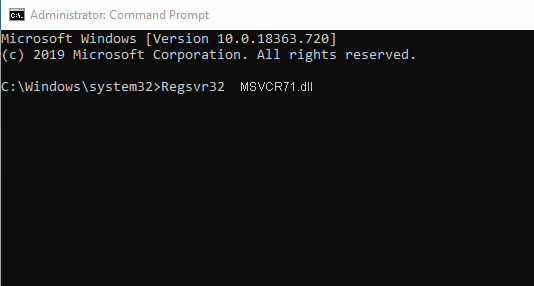
9. Enter the regsvr32 command with the MFReadWrite.dll file name, and press enter:
regsvr32 MFReadWrite.dll
10. A message confirming the registration should appear.
2. Reinstall the Program
Many MFReadWrite.dll missing error messages suggest reinstalling the program that displays the error. The software may come bundled with the DLL file and put it back in the correct folder.
If an update or installation is interrupted, this is a quick way to solve the problem.
However, because MFReadWrite.dll is a core Windows DLL shared among many programs, most new software assumes the file is already on the system and does not bundle it with the installer. If reinstalling the program doesn’t work, try these other fixes.
3. Reinstall Media Feature Pack
The Media Feature Pack is a set of codecs, DLLs, and other components that come with many versions of Windows 11 to support Windows Media Player, video editing, and other multimedia tasks. However, some regions do not include the pack by default, and it can become corrupted during Windows updates.
A good way to replace a damaged or missing MFReadWrite.dll file is to reinstall the pack or get the latest version from Microsoft.
4. Check System Files and Restore Health
On Windows 11, the System File Checker (SFC) is a built-in command-line utility that allows you to scan, and repair corrupted or missing system files, such as DLLs. Here’s what to do:
1. Press the Windows key, type CMD in the search bar, and run the Command Prompt as administrator.
2. When the window opens, type the following command:
sfc /scannow
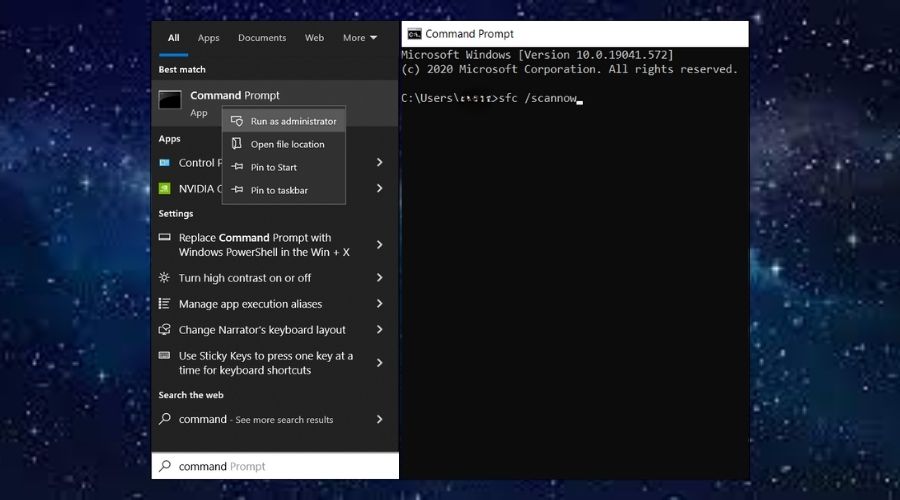
3. The SFC tool will begin scanning your system. It will display its progress as it checks and repairs system files. Restart your PC when prompted.
4. After the restart, open the command prompt again and enter this command:
DISM /Online /Cleanup-Image /Restorehealth
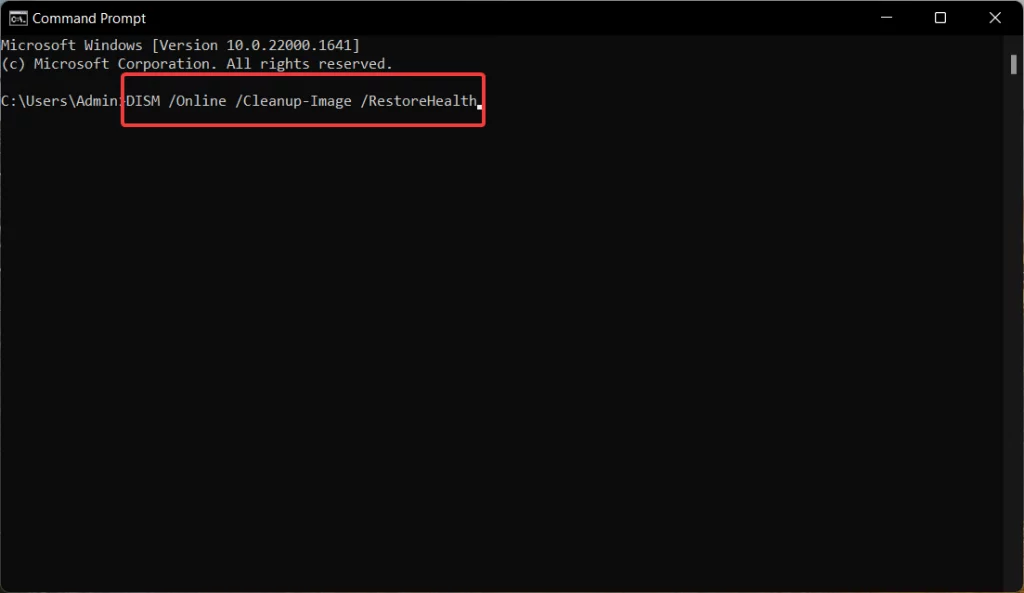
DISM repairs and restores the integrity of your system image. This can help fix issues related to system corruption.
5. Restart your PC when prompted.
5. Use a Restore Point
Using a restore point on Windows 11 allows you to revert your computer’s system files and settings to a previous state when the system works correctly.
1. Press the Windows key and type Create a restore point to find the utility.
2. Click the Open System Restore button to open the System Restoration Wizard.
3. Select a date from before the missing DLL error started happening.
4. Review the details of the selected restore point, ensuring it’s the one you want to use. Click the Finish button to confirm your choice. Your PC will automatically restart upon completion.
6. Use a Windows Repair Tool or DLL Fixer
Fortect is a Windows repair tool that includes a built-in DLL fixer to replace corrupted or missing DLLs like MFReadWrite.dll. It also repairs a broken Windows registry, and other system files, by pulling clean copies atuonactially from its up-to-date repository of Windows components. To fix MFReadWrite.dll errors with Fortect, follow these steps:
1. Download and Install Fortect on Windows 11.
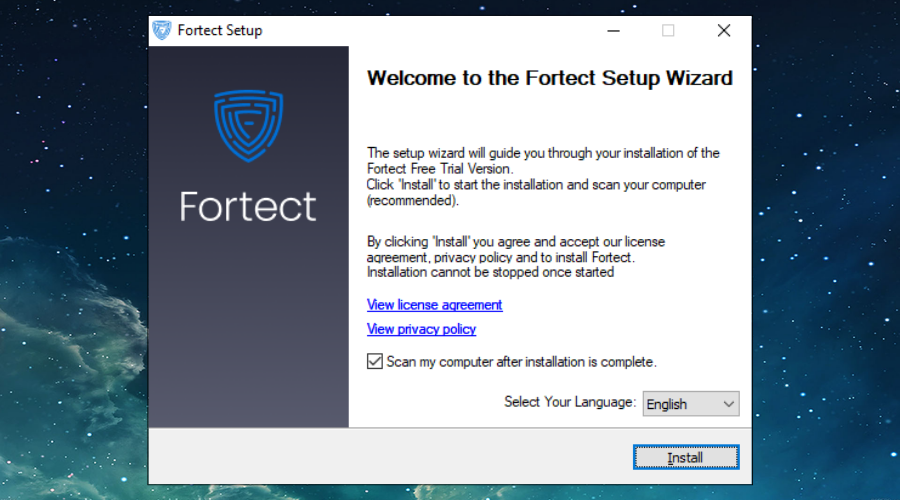
2. Open the software and click Start a scan.
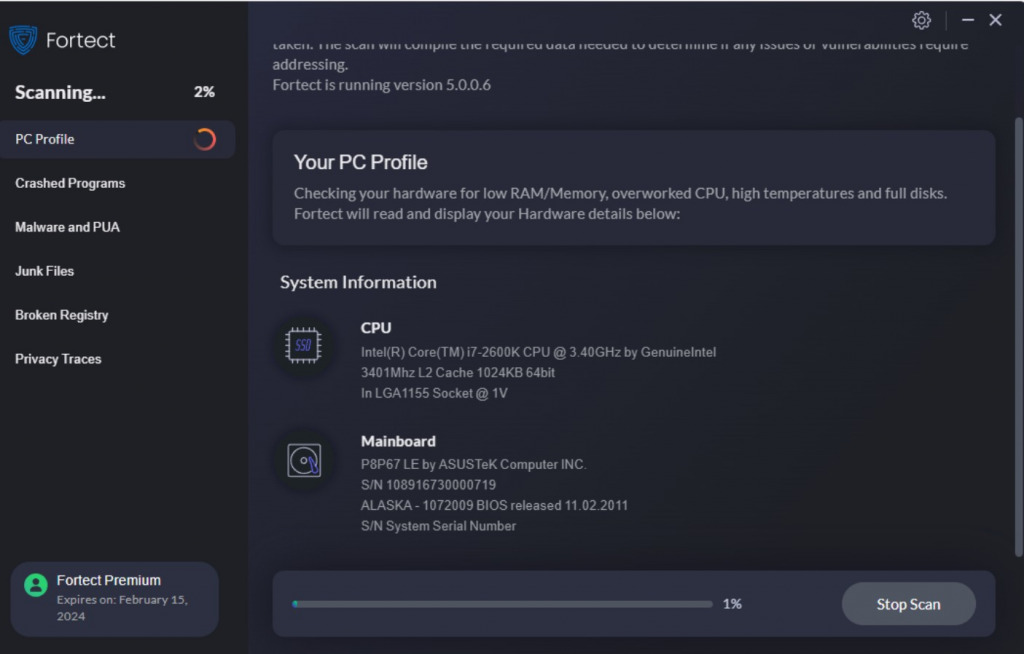
3. Click Start Repair to repair all Windows problems, including missing DLLs, corrupt system files, and a broken registry, and other issues.
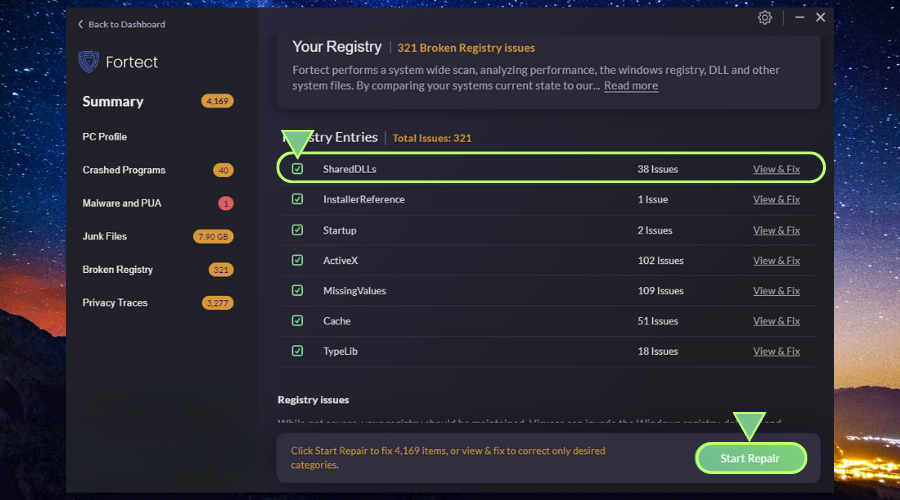
4. Restart your PC and open a program where the error occurs to check if it’s fixed.
Fortect’s DLL fixer tool offers a robust and comprehensive solution for all your DLL-related problems, eliminating manual troubleshooting and reducing the risk of further system damage.
You don’t have to risk locating a legitimate MFReadWrite.dll from the web, and it repairs all of Windows to keep your PC running at optimum performance.




